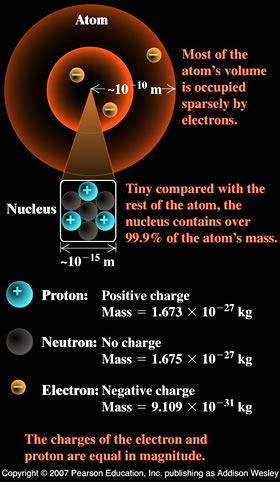
The Matrix
matrix
"Unfortunately, no one can be told what the matrix is --- you have to see it for yourself." --- Orpheus, from the Matrix
Nearly everything about our world can be traced back to the
electric charge interaction.
Chemistry
is the study of electric charge interaction.
Physiology
is the study of electric charge interaction.
Geology
is the study of electric charge interaction.
Our perception
with the world around us comes via the electric charge interaction.
On Intelligence
by Jeff Hawkins and Susan Blakeslee
Scientists have for the first time recorded individual brain cells in the act of summoning a spontaneous memory
The Senses 1,2,3
The Brain 1,2,3

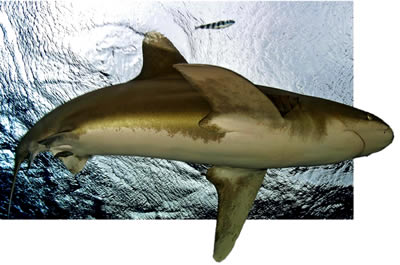
Electrostatic Interactions
'stationary charge interactions'
The Electric Charge
The Electric Force
The Electric Field
Our world is the manifestation of
the dance of electrons
inside and between atoms and molecules.
Physics 196 material

Mechanical Universe - Electric Charge

Like and Unlike Charges
Positive and Negative Charges
Ben Franklin



Insulators and Conductors
Every material in the world can be defined in terms of how well it conducts electricity
Certain things, such as cold glass, never conduct electricity. They're known as insulators. Materials which do conduct electricity, like copper, are called conductors. In the middle are materials known as semiconductors, which don't conduct as well as conductors, but can carry current. Last, are materials called superconductors, which when brought down to very low temperatures turn into superhighways of current -- they conduct electricity without any resistance whatsoever.



What did J.J. Thompson say about the electron---listen to it?
in our minds. . .

Click on diagram below to view Presentation in your browser
Wait for the animation to completely load.(68 MB)
Then, click on the diagram to advance the animation one step at a time.

Right Click to download.
Click on the movie each time you want to advance forward.
Want to see a movie of Millikan's Experiment?
Mechanical Universe

How many electrons in make
one Coulomb of charge?


Coulomb's Law
The magnitude of the Force between two point charges
is directly proportional to the product of their charges
and inversely proportional to the square of the
distance between them.

When the distance between the charges doubles,
the force decreases to a fourth of its initial value.

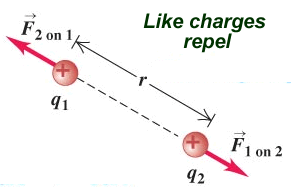

How does the Electric Force compare to The Gravitational Force? Use an electron for an example.
What if one was to triple the separation distance. . .what would happen to the force?
What if one was to cut the separation distance in half?
How was the constant k found?
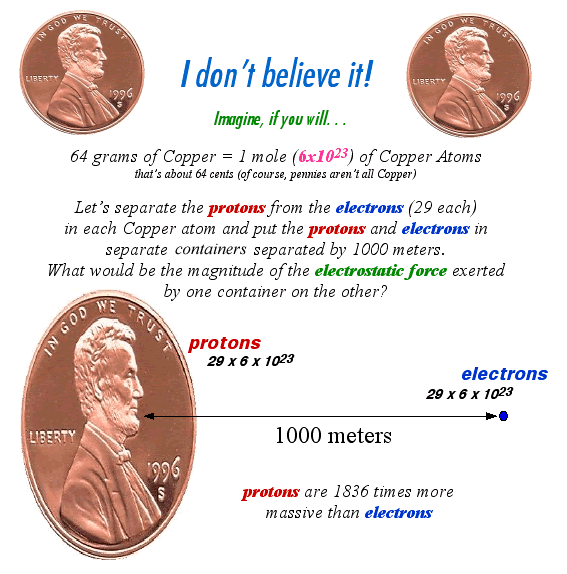

Mechanical Universe - Electric Field


Gravitational Forces
-vs-
Electrical Forces
Google fights!
A few worked examples



Lines of Electric Force
We need to explain how charges 'talk' to each another charge.
So, we invent an Electric Field Lines!
Electric Field lines always begin on positive charges
and end on negative charges.
Electric Field lines communicate to other charges 'how to move'
in the presence of another charge.
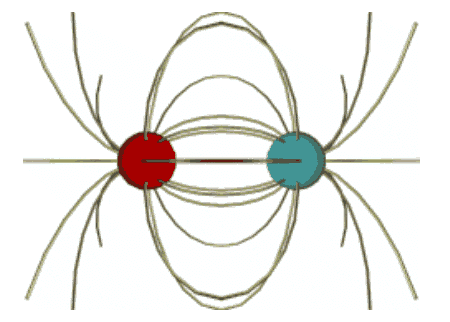

Is the Electric Field real? Or, did we create it out of 'thin air'?

Click on the Picture to advance the movie forward.
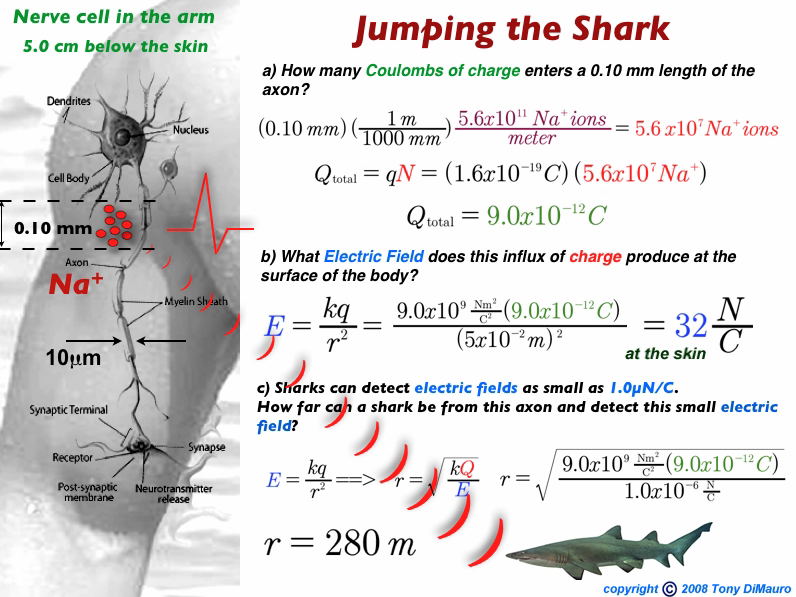
for an animated gif , for static solution
The Photocopying Process
The drum is an aluminum cylinder coated with a thin layer of Selenium.
Selenium is a photoconductor, it is an insulator in the dark and
a conductor when exposed to light. Aluminum is a conductor.
First, a positive charge is deposited on the Selenium layer.
Second, when the drum is exposed to light, electrons from the aluminum will pass
through the conducting selenium and neutralize the positive charge. A latent electrical image is formed from the remaining positive charge.
Third, negatively charged toner particles are applied to the drum and sticks to any positively charged area (the latent electrical image).
Fourth, a positively charged piece of paper is rolled over the surface. and the toner is now attracted to the more positively charged paper. The paper and toner are heated to fix the toner onto the paper.


